What we wished we’d known after a diagnosis of Alagille syndrome
Medical info existed, but we wanted to know what a typical day would look like
Written by |

We received the diagnosis that our son, Finley, had Alagille syndrome when he was 4 months old. All we’d known during his first few months of life were hospital stays and uncertainty. At that moment, when we had a diagnosis, the source of the problems had been identified, but the uncertainty and fear loomed larger than ever.
The frustrating thing I started to learn about Alagille syndrome is that it affects each patient in dramatically different ways. Someone might be walking around with Alagille syndrome yet doesn’t know it, while a newborn with the disease might not make it past the first few weeks of life.
What we wanted to know is, what will our life with Finley look like? Could he live a “normal” life? Trying to look up the answers to these questions was basically impossible. The information we found during our initial research was all soulless medical language, which while helpful, was only part of what we were looking for.
We also found the stories of other Alagille warriors who lost their battle. These were the hardest to see, especially when our situation was still so fresh. It didn’t help with my desire to gain a better understanding of what my child’s life might look like.
So my wife, Dani, took it upon herself to create that glimpse into the daily life of a child with Alagille syndrome. The goal was to provide a resource that we wished we could’ve had. It’s easy to find the medical information, but not so easy to see what a random Saturday at home looks like. Or to hear how a recent doctor appointment went. In other words, simple snapshots of regular, day-to-day life.
Dani created an Instagram account for Finley, which we use to connect with families all over the world. Many of them have newly diagnosed family members who are searching for exactly the same thing we were: a glimpse of normal. It has been such a joy to be that resource for others.
That is also what I aim to do with this column: address little pieces of our life with Alagille syndrome. Whether it’s talking about interacting with the public or shopping for shoes, I hope to normalize some of the challenges we’ve faced with this condition and celebrate the positive moments we experience.
I want to say that Alagille syndrome doesn’t affect our average day that much anymore, but that’s not exactly true. Finn is over 3 years old, and the ways that Alagille syndrome influences our days are baked into our routine at this point. This entails medication in the morning and the evening, special toddler formula to add calories, and fats added to his food in the form of butter, cream cheese, or oil, depending on the meal. These are simply part of the routine now.
The number of medications Finley takes every day has decreased from four or more to two, twice daily. The days of mixing formula in a protein shaker are gone, as we now use a much easier, premixed, toddler-specific formula.
Finley has been going to day care since about his first birthday. He is right on track developmentally for his age. He is a smart, independent, inquisitive, and sometimes feisty little man. He tries his best to keep up with his 6-year-old brother, Jackson. He has played sports, taken swimming lessons, visited Disneyland, gone camping, and embarked on many other adventures.
Alagille syndrome has become our new normal. We are fortunate that Finley has been doing well medically up to this point in his life. The fears surrounding a rare, genetic condition never dissipate, but they have diminished slightly as we’ve adjusted to our routines as he ages.
I hope that through this column and our social media, we can provide someone who needs it a glimpse of regular life. Sharing with others is so important, and I’m thankful to have a platform that allows me to do just that.
Finley is a special kid. And while he can drive us up the wall, as any 3-year-old can, he has proven that Alagille is not his defining characteristic. It’s merely a part of what makes him a rare, unique individual.
Note: Liver Disease News is strictly a news and information website about the disease. It does not provide medical advice, diagnosis, or treatment. This content is not intended to be a substitute for professional medical advice, diagnosis, or treatment. Always seek the advice of your physician or other qualified health provider with any questions you may have regarding a medical condition. Never disregard professional medical advice or delay in seeking it because of something you have read on this website. The opinions expressed in this column are not those of Liver Disease News or its parent company, Bionews, and are intended to spark discussion about issues pertaining to liver disease.



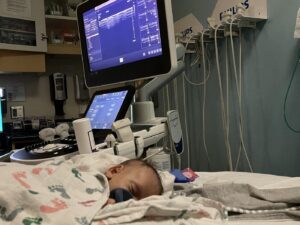

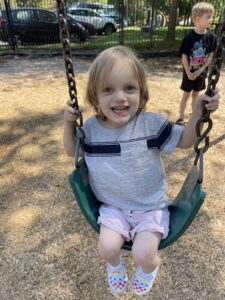
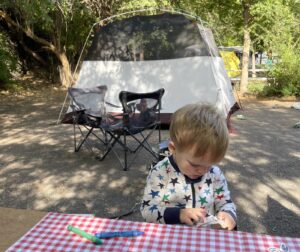

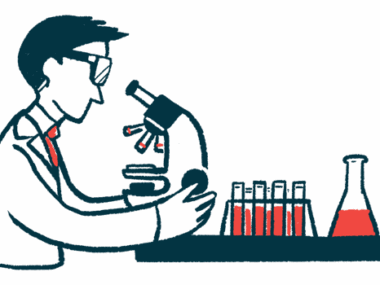

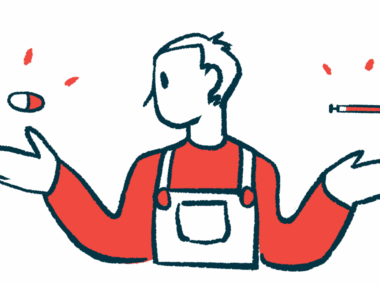
Leave a comment
Fill in the required fields to post. Your email address will not be published.